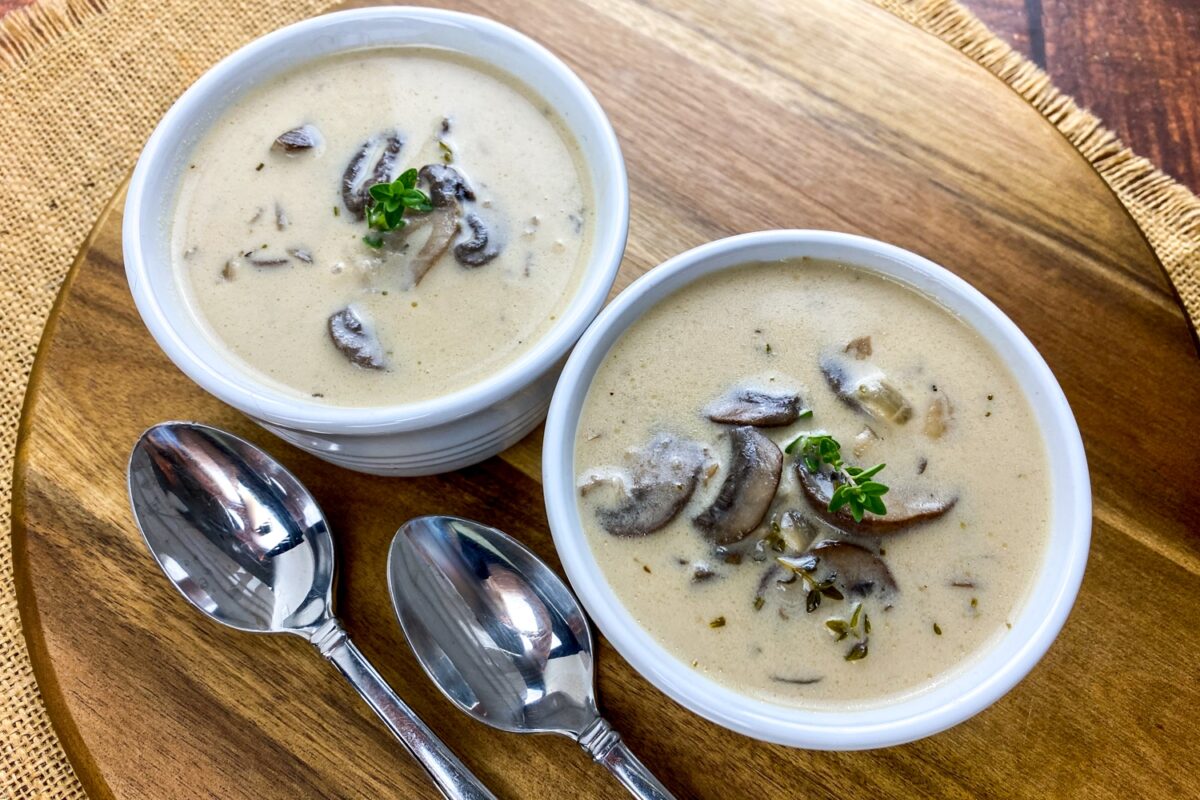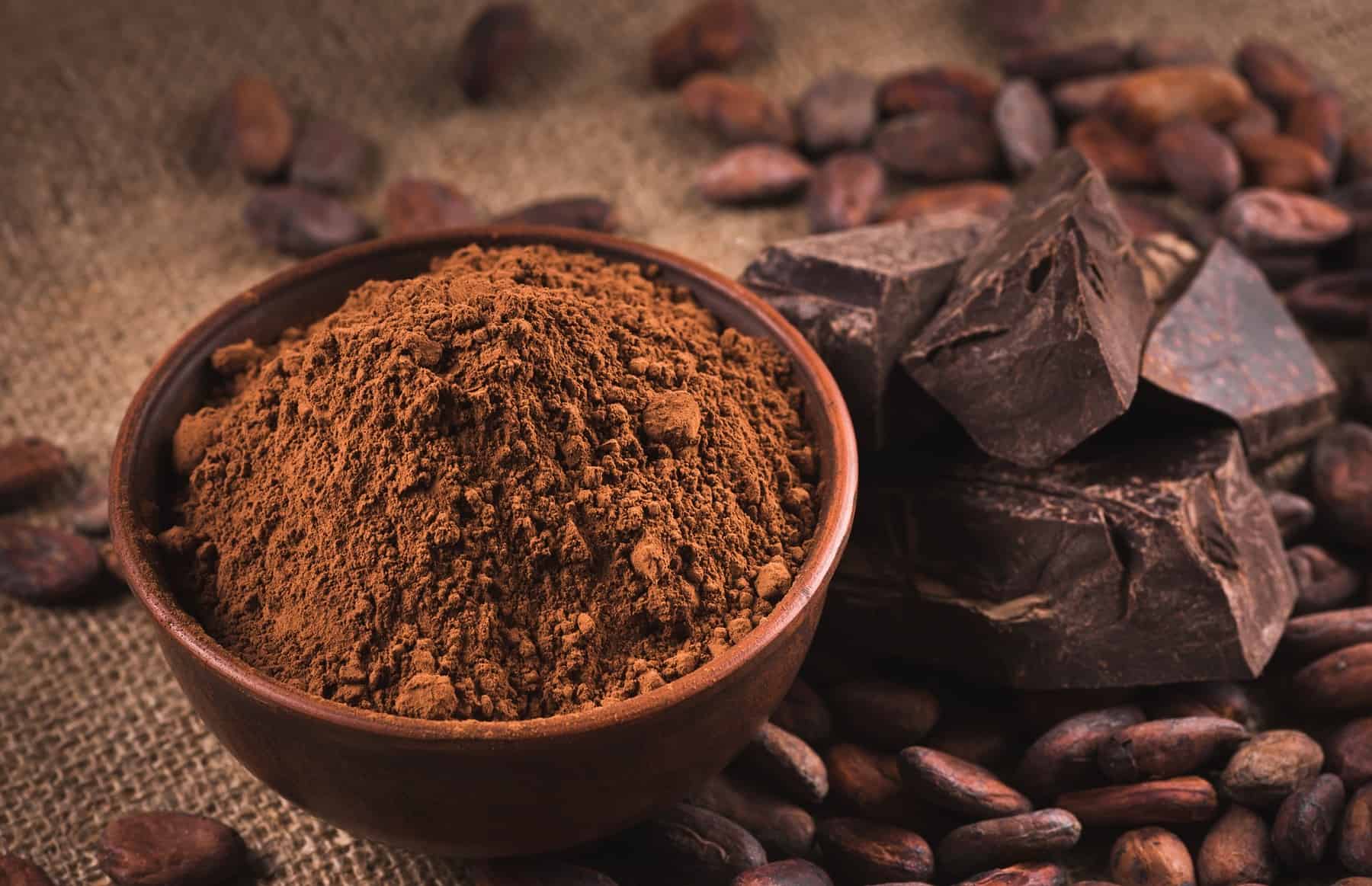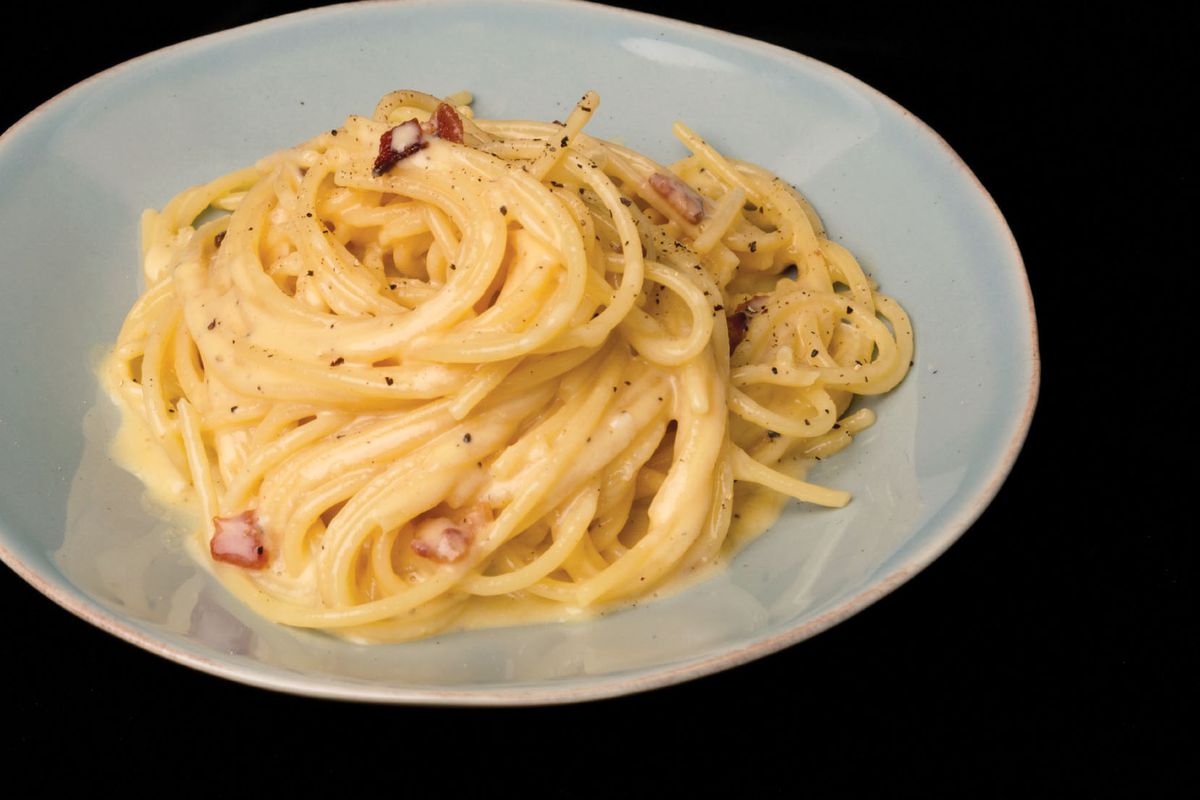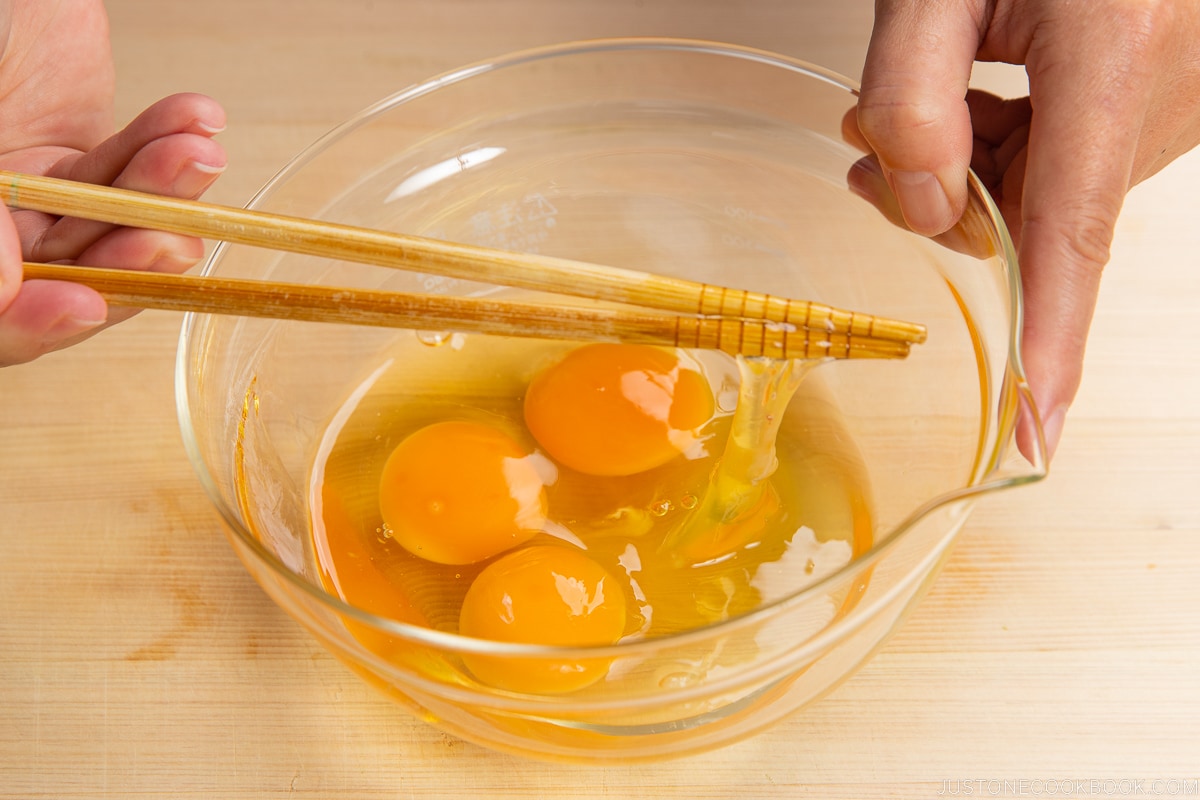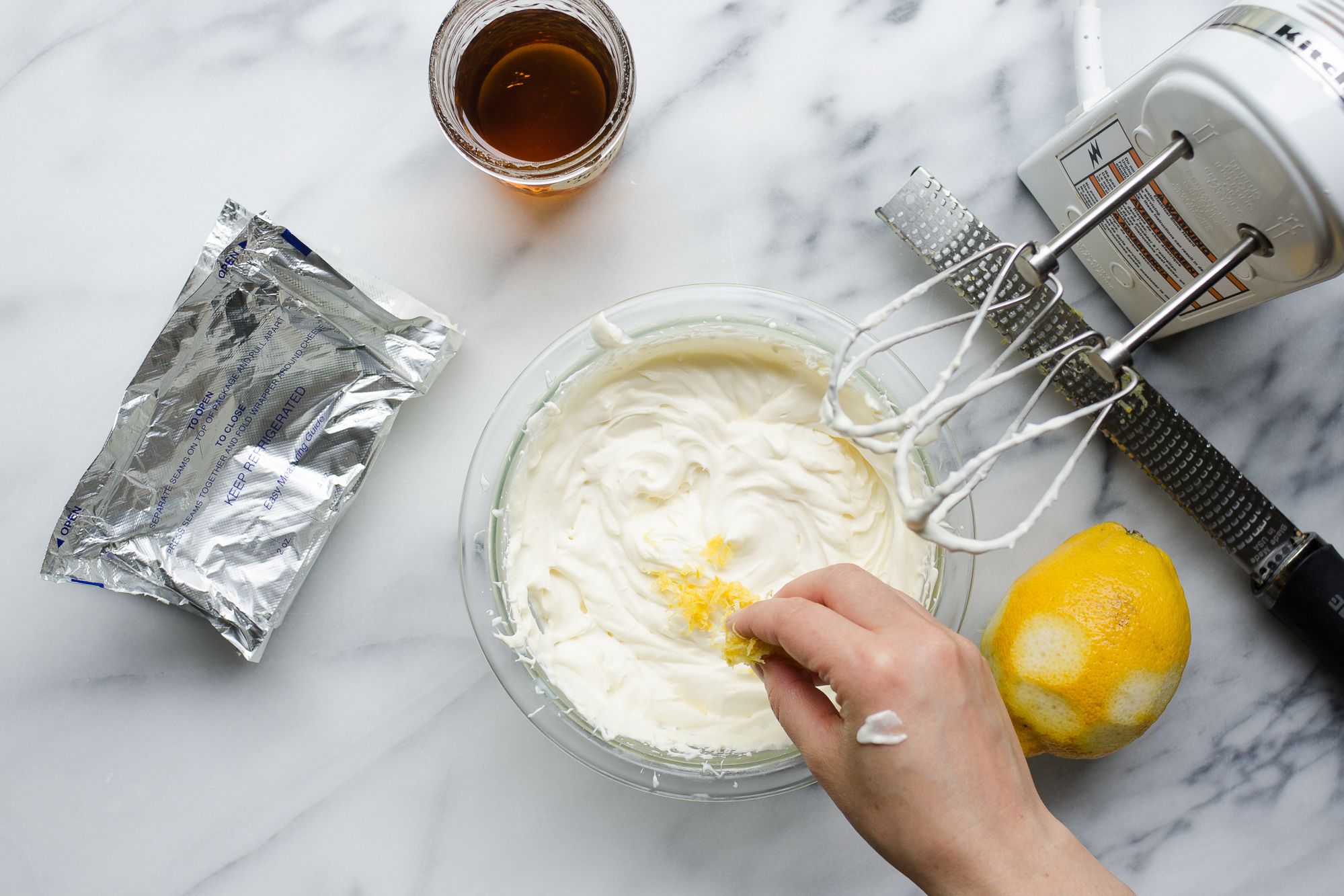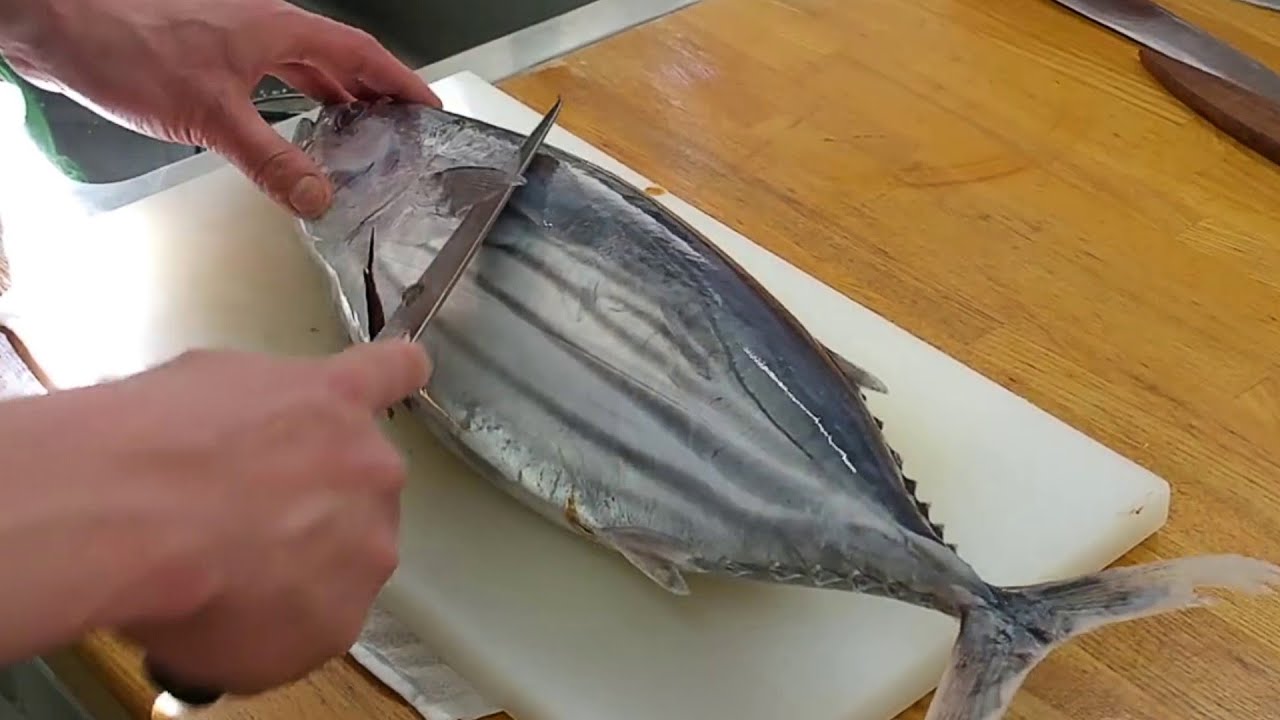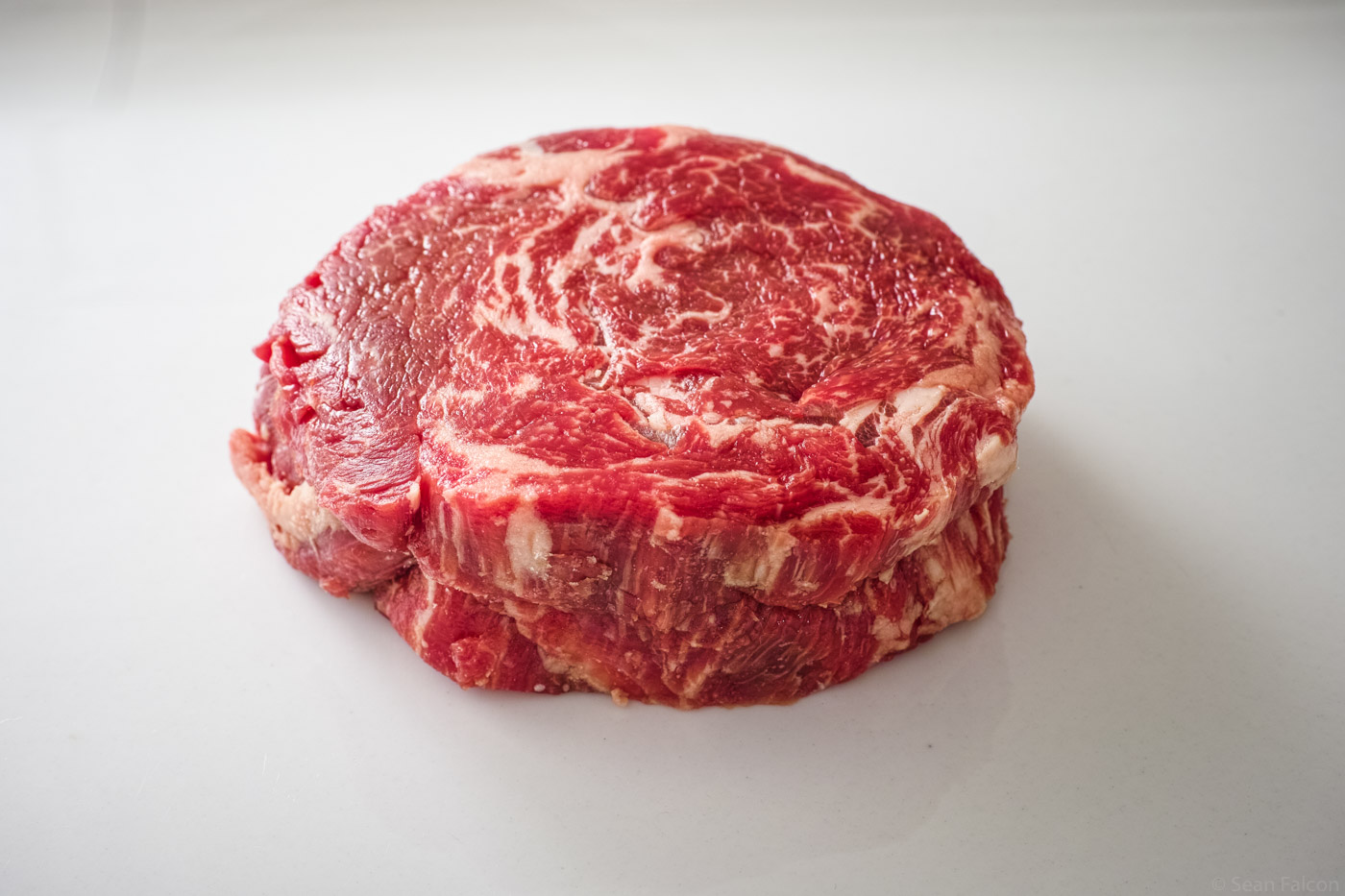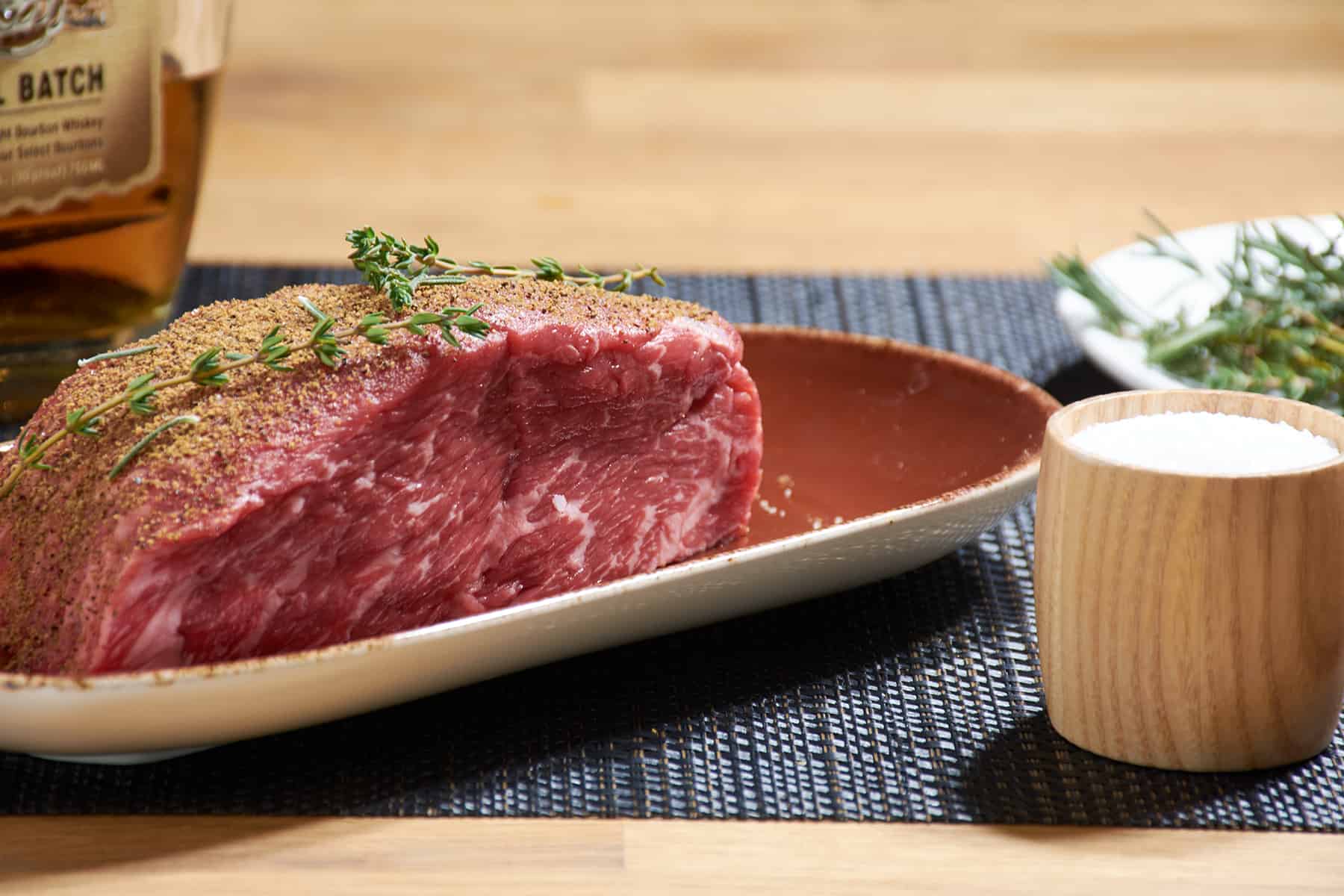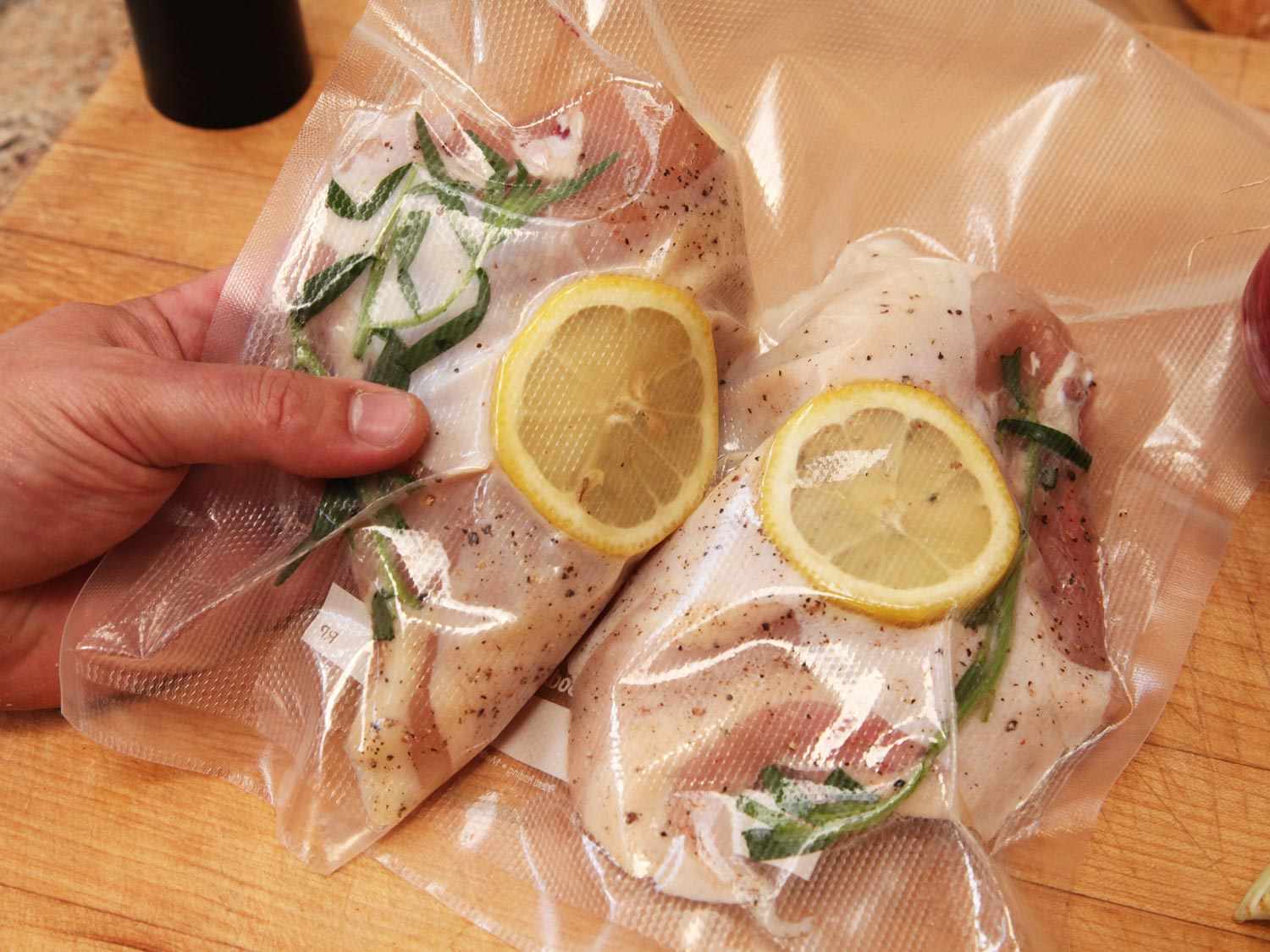What is Whipping Cream?
Whipping cream is a versatile ingredient used in a wide variety of recipes, from desserts to savory dishes. It is a rich dairy product that contains a high percentage of milk fat, typically around 30% to 36%. Whipping cream is often used to add richness, creaminess, and flavor to dishes.
What Does it Mean to Temper Whipping Cream?
Tempering whipping cream involves bringing it to room temperature gradually to ensure it blends smoothly and evenly in recipes. This process is crucial for preventing lumps and achieving the desired texture in your final dish.
Steps to Temper Whipping Cream:
Tempering whipping cream is a simple process that can greatly enhance the quality of your culinary creations. Follow these steps to temper whipping cream effectively:
- Remove from Refrigerator: Take the whipping cream out of the refrigerator and let it sit at room temperature for about 30 minutes. This allows it to gradually warm up.
- Check the Temperature: To ensure the cream is at the right temperature, touch it lightly. It should feel cool to the touch but not cold.
- Stir Gently: Once the cream has reached the desired temperature, give it a gentle stir to ensure it is smooth and uniform in consistency.
- Use as Directed: Your tempered whipping cream is now ready to be used in your recipe. Incorporate it as directed, and enjoy the smooth, creamy texture it brings to your dish.
Why is Tempering Whipping Cream Important?
Tempering whipping cream is essential for several reasons:
- Prevents Lumps: Gradually bringing the whipping cream to room temperature helps prevent lumps from forming, ensuring a smooth and creamy texture in your dish.
- Even Distribution: Tempered whipping cream blends more evenly with other ingredients, resulting in a consistent and balanced flavor throughout the dish.
- Enhanced Texture: Properly tempered whipping cream contributes to the desired texture of the final product, whether it’s a fluffy dessert or a creamy sauce.
Recipes That Benefit from Tempered Whipping Cream
Many recipes benefit from the use of tempered whipping cream. Some popular dishes that require tempered whipping cream include:
- Whipped Cream: For light and airy whipped cream, tempering the cream ensures a smooth texture and optimal volume.
- Ice Cream: Tempered whipping cream is essential for creating a creamy and smooth base for homemade ice cream.
- Sauces: Creamy sauces, such as Alfredo or béchamel, require tempered whipping cream for a velvety texture and consistent flavor.
- Desserts: From custards to mousse, tempered whipping cream adds richness and creaminess to a wide range of desserts.
Conclusion
Tempering whipping cream is a simple yet crucial step in many recipes. By allowing the cream to reach room temperature gradually, you can achieve a smooth, lump-free texture and enhance the overall quality of your culinary creations. Whether you’re whipping up a decadent dessert or a savory sauce, properly tempered whipping cream is key to achieving the perfect consistency and flavor.
With the skill of tempering whipping cream under your belt, there are several delightful recipes you can try out. For a rich and airy dessert, the Chocolate Mousse Recipe is a must. If you crave something with a seasonal twist, the Pumpkin Pie Recipe will be perfect for autumn gatherings. For a touch of elegance, the Crème Brûlée Recipe offers a creamy texture with a caramelized top. Those who love Italian flavors will enjoy the Tiramisu Recipe, which combines coffee-soaked ladyfingers with mascarpone whipped cream. For a refreshing and light dessert, the Strawberry Shortcake Recipe is an excellent choice. Each of these recipes showcases the versatility and importance of perfectly tempered whipping cream in creating delightful culinary experiences.
